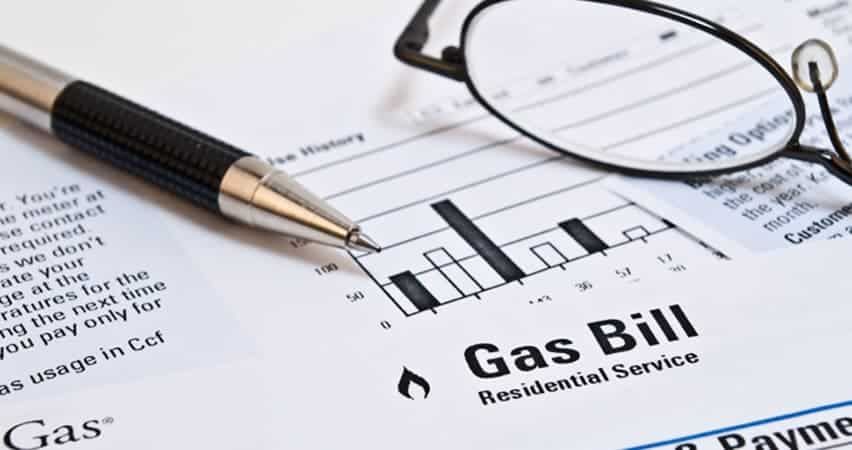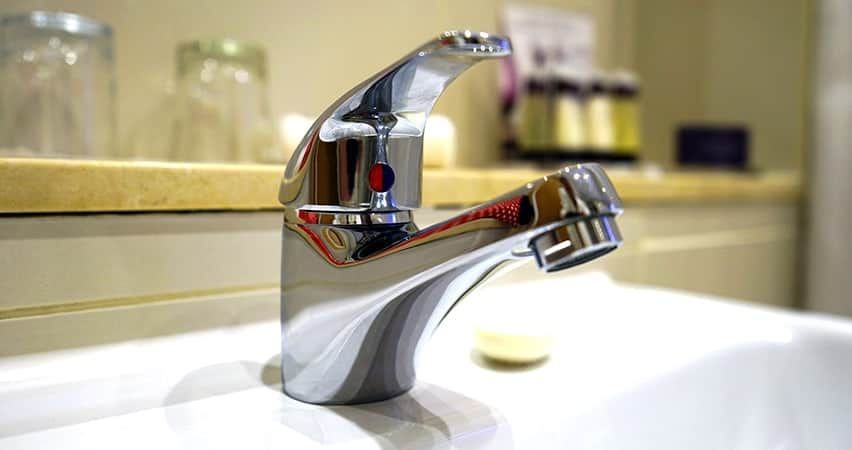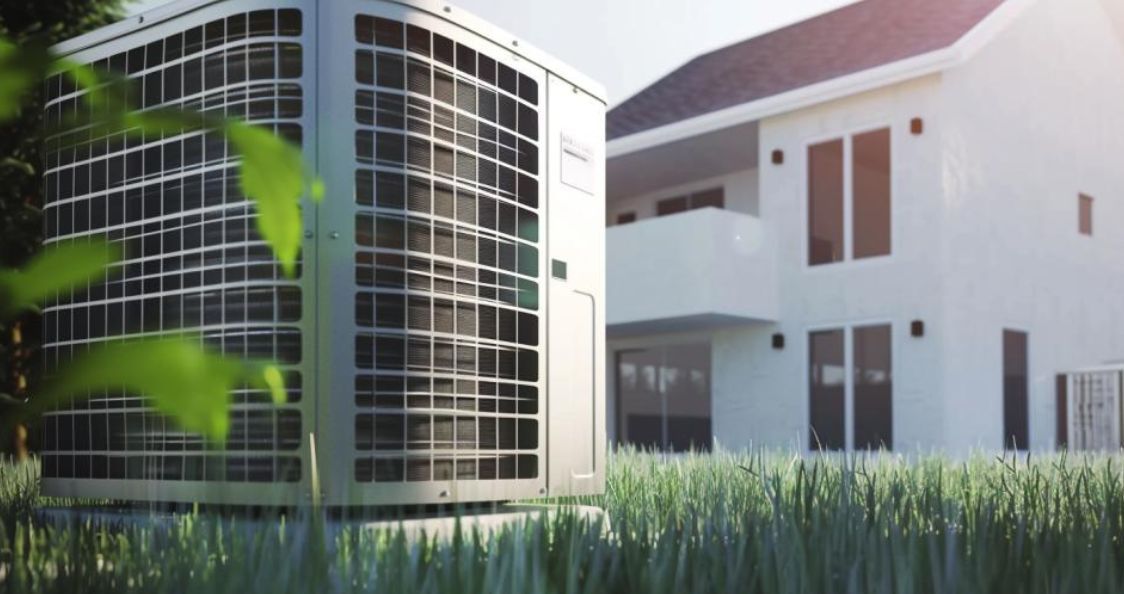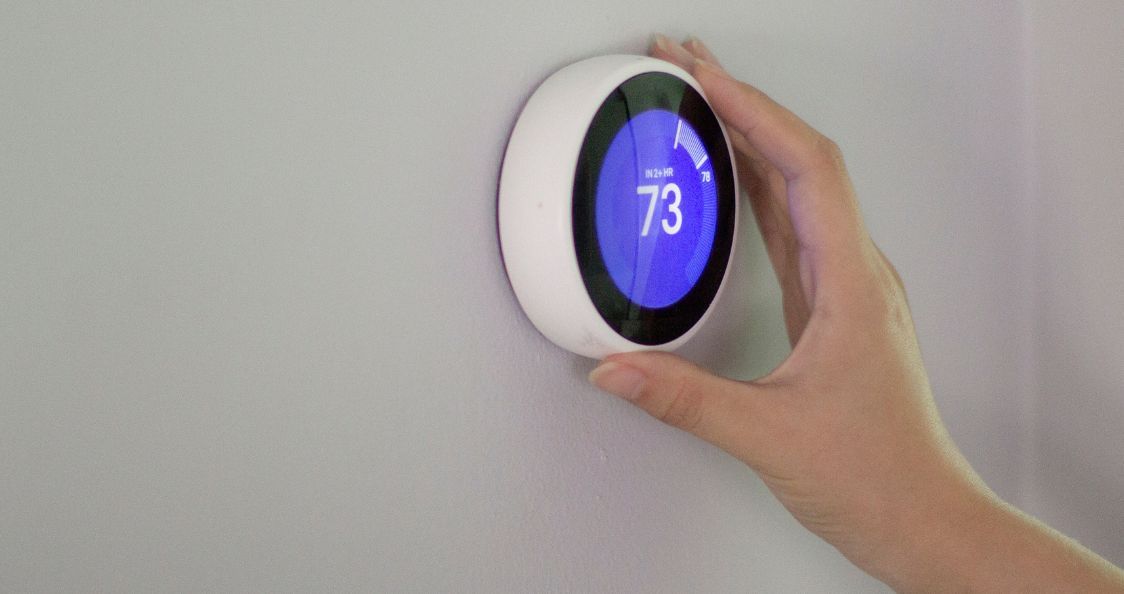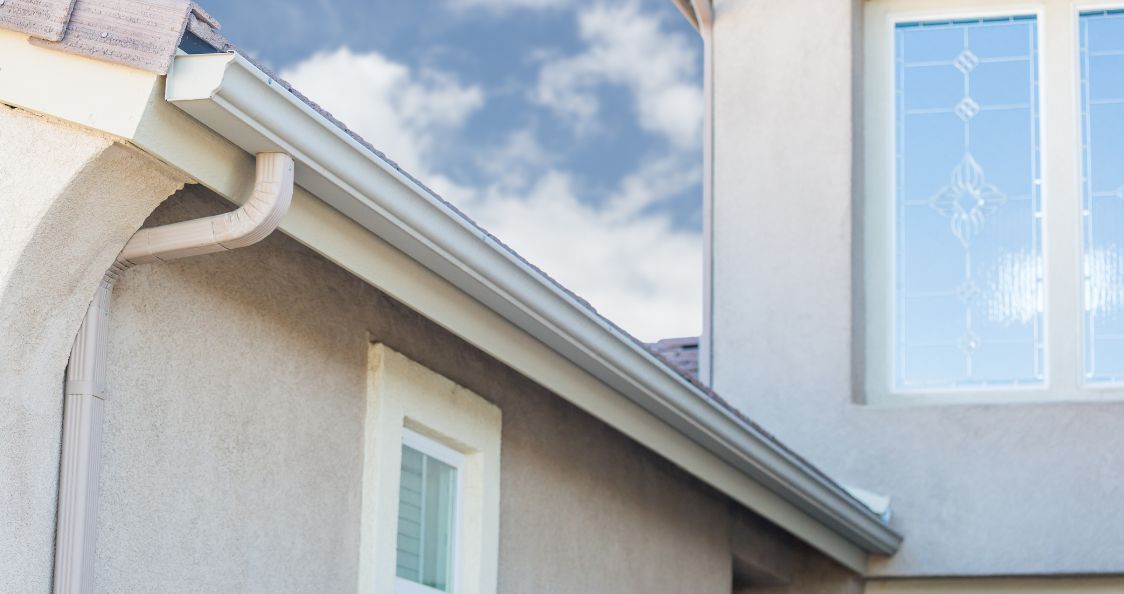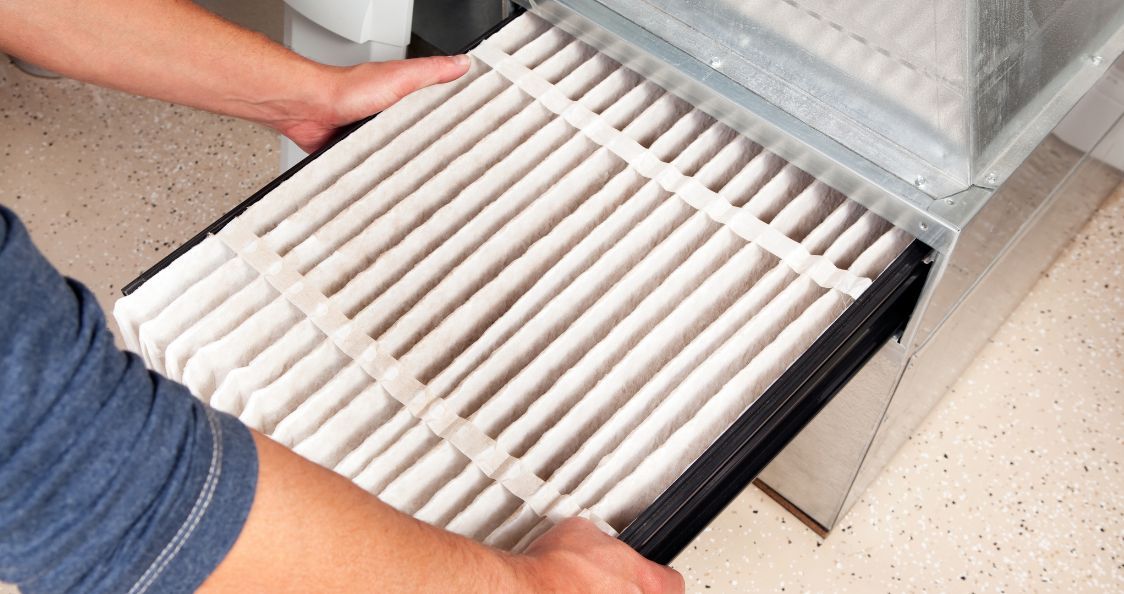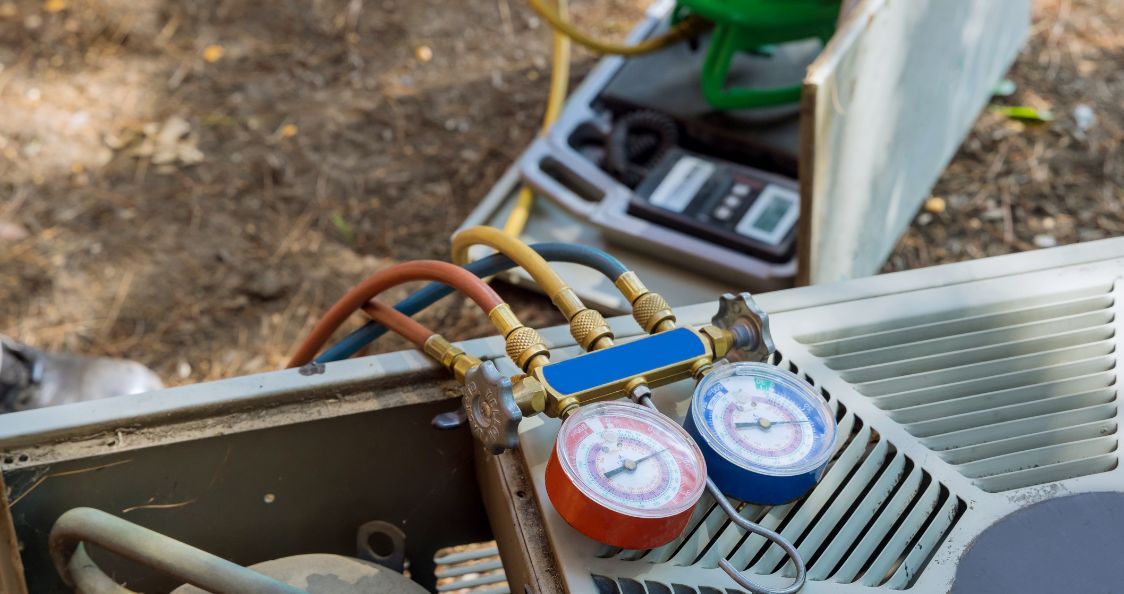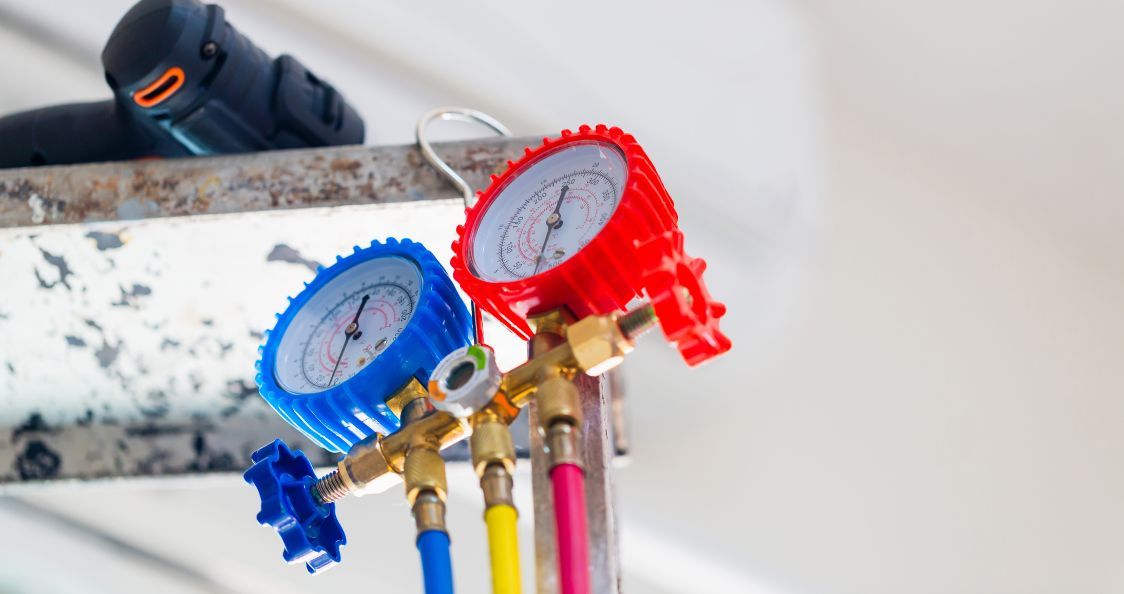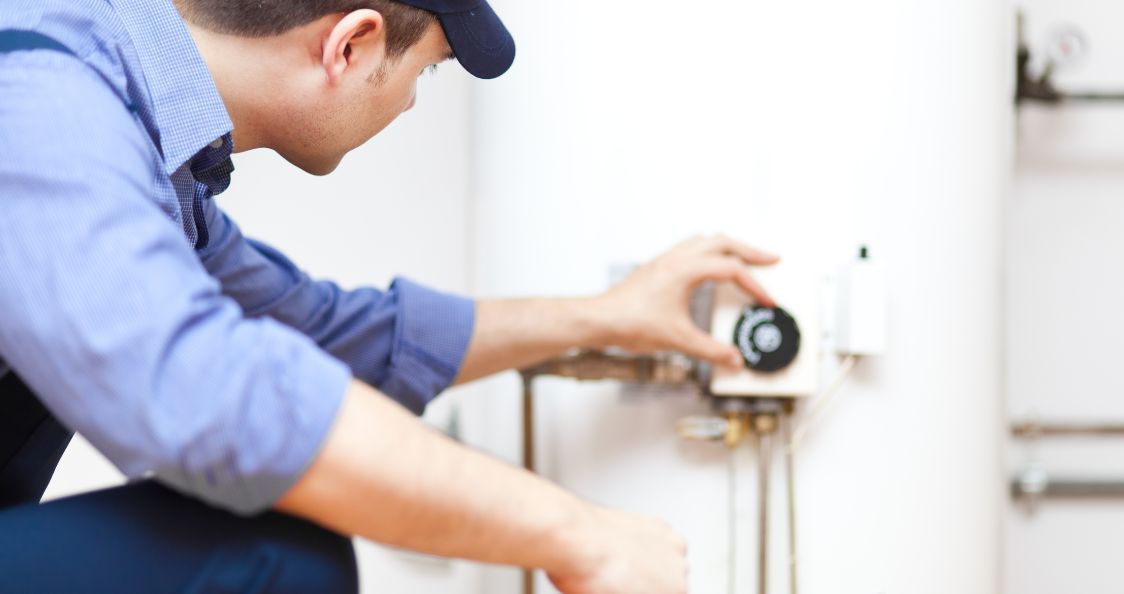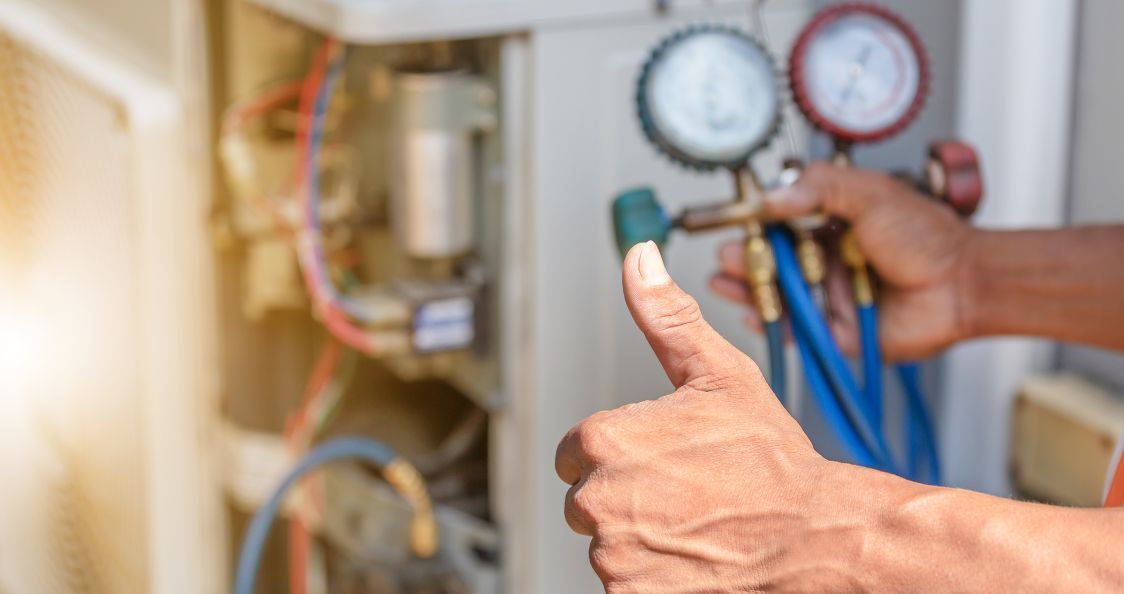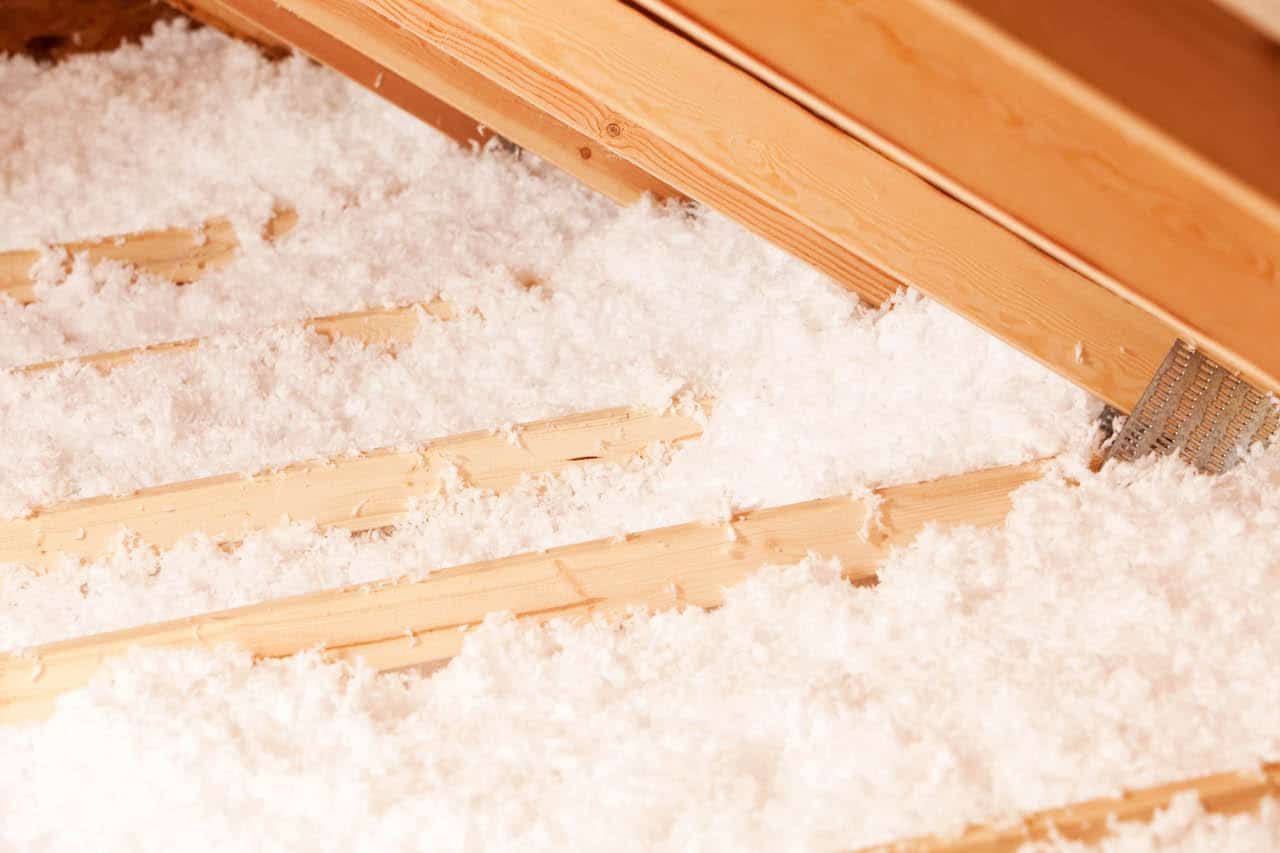
What is the Best Home Insulation?
Home insulation comes in many forms. To find the best insulation for your home you need to decide:
- Where you will be adding the insulation
- The R-Values recommended for those areas
What is R-Value?
R-Value refers to the thermal performance of the insulation. Proper installation is highly important, as it will affect this value and the insulation’s ability to perform at its best.
Can I Insulate My Own Home?
Of course. Although we don’t recommend that you do, you can follow manufacturer’s guidelines to install your chosen materials.
In our honest opinion, insulation should be properly installed by a professional to ensure the peak performance of the materials.[vc_single_image image=”1244″ img_size=”large” css=”.vc_custom_1599680694536{margin-top: 40px !important;margin-bottom: 40px !important;}”][vc_column_text]
What Types of Insulation are There?
There are many types of insulation to choose from, and each type has a specific application, installation method and advantages. Below is an overview of common insulation types.
| TYPE | MATERIAL | APPLICATION | INSTALLATION | ADVANTAGE |
| Blanket: Batts & Rolls |
Plastic Fiber Natural Fiber Glass Fiber Mineral Fiber |
Ceilings & Floors Unfinished Walls Foundation Walls |
Fit securely between joists, studs, beams | Inexpensive DIY Capability Sized to Standard Stud & Joist Spacing |
| Rigid Foam Insulation |
Polyurethane Polyisocyanurate Polystyrene |
Unfinished Walls Foundation Walls Ceiling & Floor Low pitch roofs with no venting |
Interior Applications must be building-code compliant
Exterior Applications Must be Weather Proofed |
Great Insulation Value with a Thinner profile
Can help Prevent Thermal Short Circuits |
| Loose-Fill & Blown-in |
Fiberglass Mineral Wool Cellulose |
Wall Cavities Enclosed Walls Attic and other difficult to reach spaces |
Skilled Professional Blown-in Using Specialized Equipment |
Insulating Existing and Finished Areas of the Home as well as around obstacles |
| Sprayed Foam | Cementitious Polyisocyanurate Phenolic Polyurethane |
Wall Cavities Enclosed Walls Attic and other difficult to reach spaces |
Skilled Professional Blown-in Using Specialized Equipment |
Insulating Existing and Finished Areas of the Home as well as around obstacles |
DIY Inspection – Checking Attic Insulation Levels
Before heading into your attic, you will want to prepare yourself for the adventure. Here are some basic tools you will likely need:
- Safety glasses, gloves and a dust mask
- Flashlight or Head lamp
- Hard hat or cap to protect your head from exposed nails
- Measuring tape
- Wood slats to walk on if necessary
WARNING: Vermiculite insulation may contain asbestos. This type of insulation is a lightweight, grey material resembling small gravel. Do not attempt to remove this or inspect further if you find your home contains this material. Contact your local health department to learn what steps to take.
Upon inspection of your attic, if you see that the insulation is level to or below the joists you will need to add insulation. If the joists are buried beneath the insulation you likely have enough and don’t need to add any more insulation.
Make sure that the insulation is distributed evenly throughout. Often, the center of the attic is properly filled while the eaves aren’t full enough.
You can also find manufacturers recommended levels and R-values printed on existing fiberglass batts or use a measuring tape to measure the depth of the insulation. You can use the table below to calculate the R-Value.
| What you’re looking at: | Material | Depth (inches) | Total R-value | |
|---|---|---|---|---|
| Loose fibers | light-weight yellow, pink, or white | fiberglass | _____ | =2.5 x depth |
| medium gray or near white, may have black flecks | rock wool | _____ | =2.8 x depth | |
| small gray flat pieces or fibers (from newsprint) | cellulose | _____ | =3.7 x depth | |
| Granules | light-weight | vermiculite or perlite | _____ | =2.7 x depth |
| Batts | light-weight yellow, pink, or white | fiberglass | _____ | =3.2 x depth |
[/vc_column_text][vc_single_image image=”2697″ img_size=”large” css=”.vc_custom_1599682788774{margin-top: 40px !important;margin-bottom: 40px !important;}”][vc_column_text]Loose-Fill & Blown-In Insulation Recommendations
| CELLULOSE | FIBERGLASS | MINERAL WOOL | |
| Density in lb/ft3 (kg/m3) | 1.5–2.0 (24–36) | 0.5–1.0 (10–14) | 1.7 (27) |
| Weight @ R-38 in lb/ft2 (kg/m2) | 1.25–2.0 (6–10) | 0.5–1.2 (3–6) | 1.6–1.8 (8–9) |
[/vc_column_text][vc_single_image image=”2492″ img_size=”large” onclick=”custom_link” css=”.vc_custom_1599681228580{margin-top: 40px !important;margin-bottom: 40px !important;}” link=”tel:9166092669″][vc_single_image image=”1205″ img_size=”large” css=”.vc_custom_1599684736756{margin-top: 40px !important;margin-bottom: 40px !important;}”][vc_column_text]Loose-Fill & Blown-In Attic Applications
| CONDITIONS | CELLULOSE | FIBERGLASS | MINERAL WOOL |
| 1/2” Drywall @ 24” on Center | X | YES | X |
| 5/8” Drywall @ 24” on Center | YES | YES | YES |
| 1/2” Drywall @ 16” on Center | YES | YES | YES |
[/vc_column_text][vc_single_image image=”1299″ img_size=”large” css=”.vc_custom_1599680702910{margin-top: 40px !important;margin-bottom: 40px !important;}”][vc_column_text]
Clarke & Rush Specializes in Blown-in Cellulose Insulation from Greenfiber®
We are a proud Greenfiber® Insulation contractor in the Greater Sacramento area.
Greenfiber® cellulose insulation take less energy than fiberglass insulation to manufacture. They are also comprised of recycled paper fiber. This insulation is free from unhealthy substances like formaldehyde and asbestos. You can learn more about the product we use and stand behind, tips and tricks for insulating your home, and our insulation services here.[/vc_column_text][vc_single_image image=”2438″ img_size=”large” css=”.vc_custom_1599681169972{margin-top: 40px !important;margin-bottom: 40px !important;}”][vc_column_text]
Why Greenfiber Blown-in Cellulose?
Greenfiber® Insulation comes with a Class 1A fire rating, which gives you more time for evacuation in case of an emergency. So, you can rest assured that your family will be safe.
It also boasts increased coverage and decreased install times with low dust. Greenfibers® cellulose fibers fill gaps and void spaces creating a blanket that keeps homes comfortable and energy efficient in exceptionally cold and frustratingly hot temperatures while also suppressing noises from outside.[/vc_column_text][vc_column_text]
In Conclusion, We Recommend Blown-in Cellulose Insulation as the Best Insulation for Your Home.
While there are many types of insulation, Greenfiber® cellulose is safe, environmentally friendly and easy to apply as attic insulation, wall insulation, and works perfectly in floors and ceiling applications, as well. In addition to its ease of installation, exceptional fire rating, and environmental benefits, you can save up to 25% on energy costs. Don’t waste time trying to cut around all the obstacles in your home with fiberglass batting and roll style insulation. Fill every void with the best home insulation available today. If you are considering an insulation install, you can call one of our Comfort Consultants to discuss your project and options.
Other Blogs You May Be Interested In
Categories
- About Clarke & Rush (1)
- AC Replacement (8)
- AC unit Maintenance (10)
- Boilers (1)
- Commercial HVAC (3)
- Commercial Plumbing (2)
- Furnace (3)
- Furnace Maintenance (2)
- Furnace Repair (4)
- Green Homes (3)
- Gutter Repair (1)
- Gutter Replacement (5)
- Heat Pump (1)
- Home Energy Tips (2)
- Home Improvement (6)
- HVAC (17)
- HVAC Replacement (7)
- Insulation (2)
- Kitchen Plumbing (1)
- Plumbing (2)
- Plumbing Problems (8)
- Reducing Energy Costs (6)
- Repiping Services (3)
- Residential HVAC (45)
- Residential Insulation (4)
- Residential Plumbing (33)
- Residential Windows (6)
- Sewer Line (2)
- Uncategorized (10)
- Water Heaters (4)
- Water Line Repair (1)
- Water Treatment (1)
- Window Installation (8)
- Window Instllation (1)
- Window Replacement (7)
- Windows (8)


